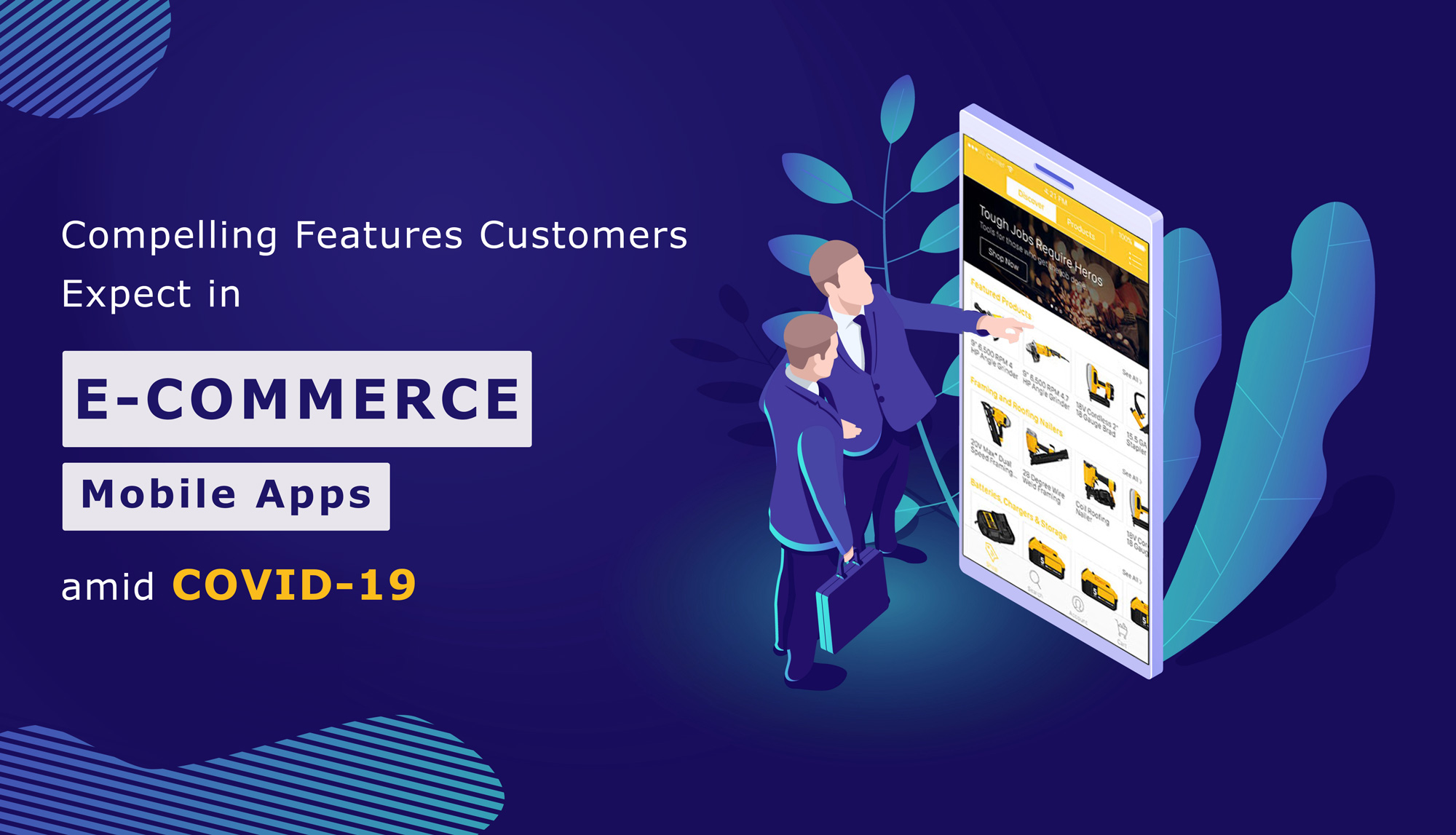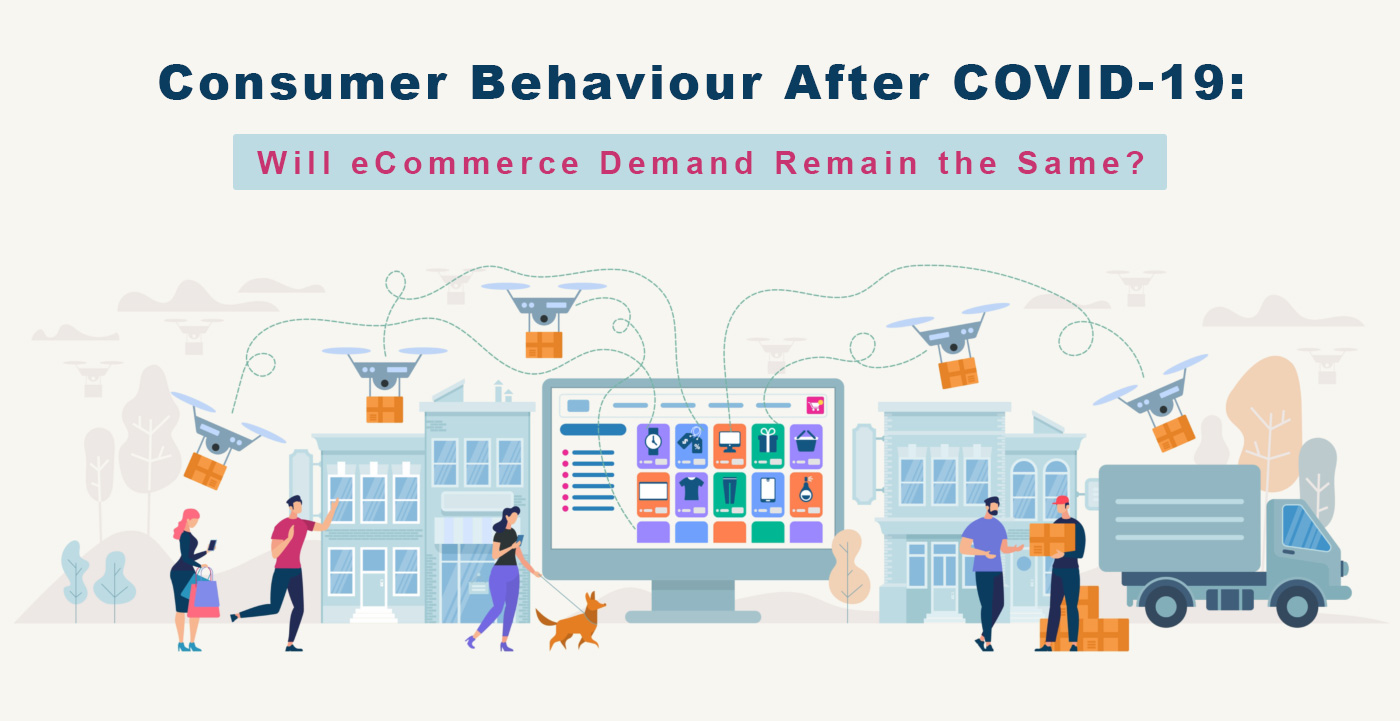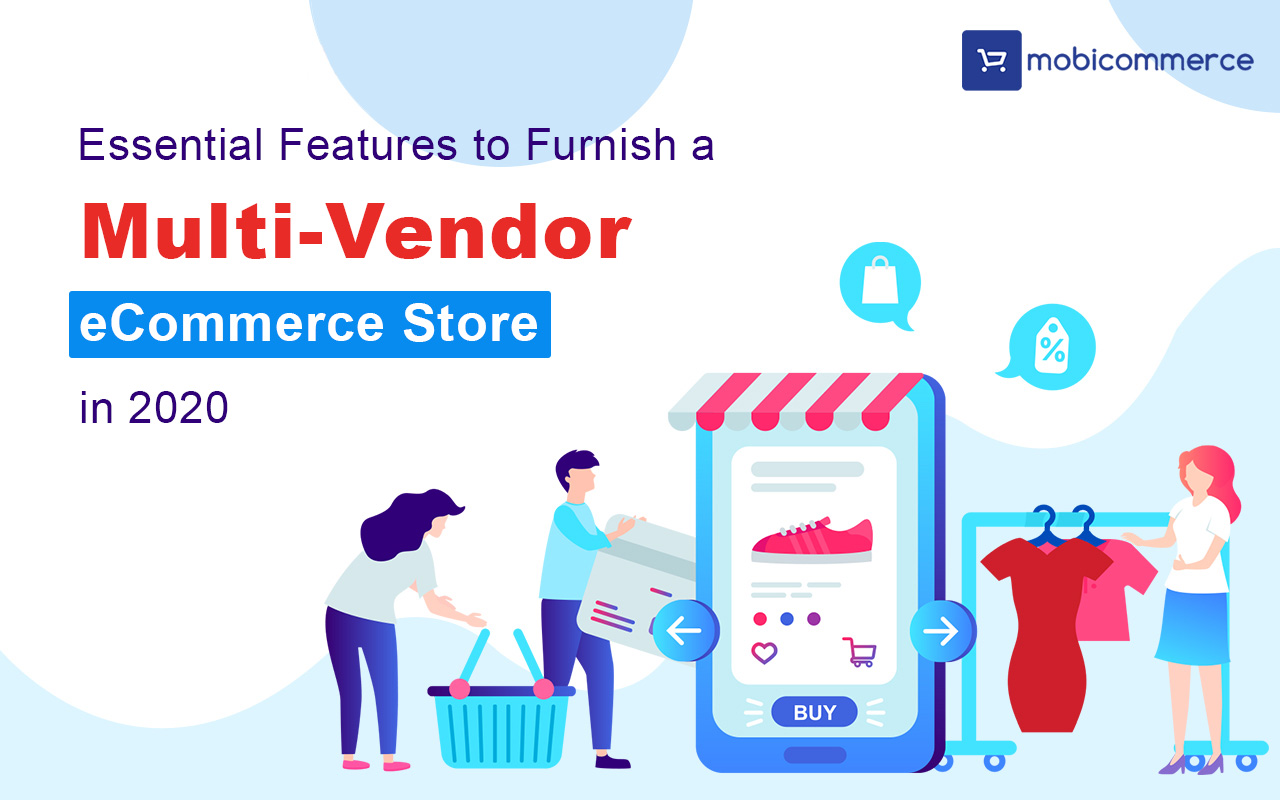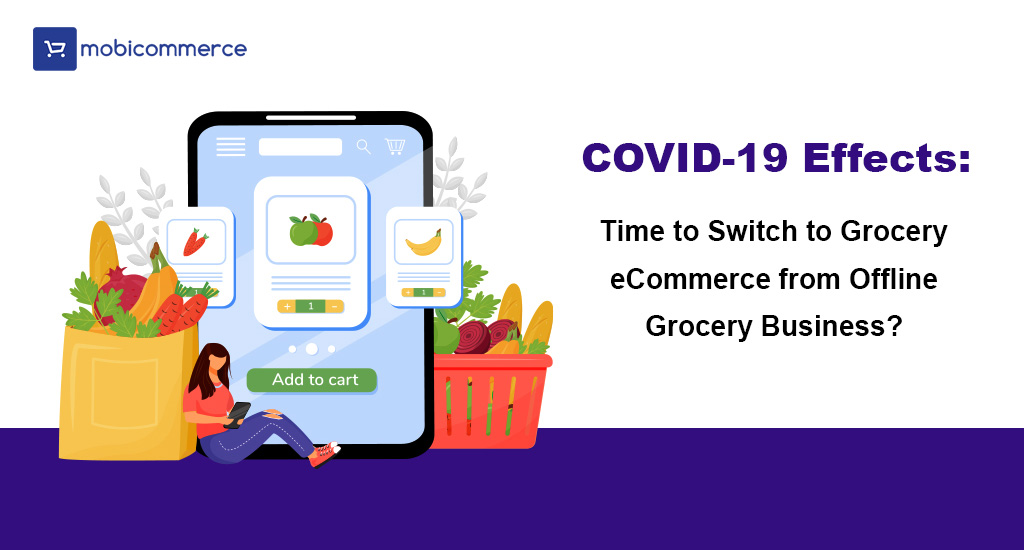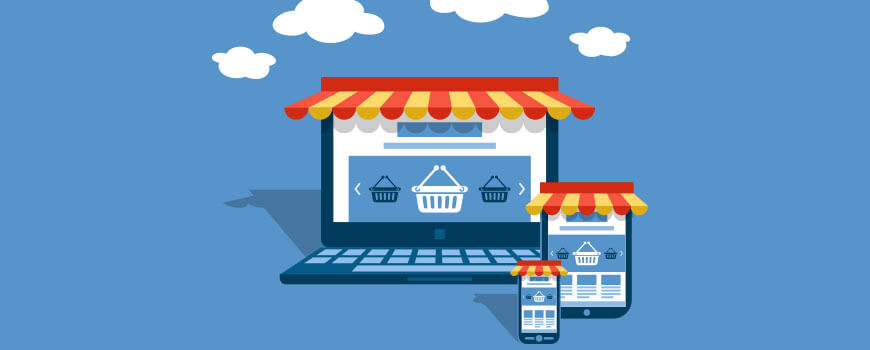The greatest challenge for an ecommerce mobile app builder is to make shopping a pleasant and fun experience for the customers. Now, with the fear of Covid-19 pandemic still hovering on us, online shopping is gaining more momentum than ever before but now, with shifting feature priorities apart from a pleasant shopping experience.
The expectations in the mobile shopping experience in the present times are changing slowly to more value than just happy shopping online, which is why we have listed some must-have features that customers expect in a mobile shopping app during the COVID-19 which an online ecommerce store app builder can expedite for your online business success.
Online payment
With cash-on-delivery disabled due to the fear of the spread of the virus, an in-built secured payment option is a must in your app. Also, with so many online thefts happening, people are more careful in using online payment modes. Therefore, it is of utmost importance that your app has different choices for payment methods like paying by Credit/ Debit cards and Wallets along with the security of trusted payment gateways. By offering a selection of trusted payment methods, you will gain your customer’s trust and encourage repeated visits to your apps.
Push notifications
Transparency can be a great motivator for a customer to trust your app. Due to panic buying amid Covid-19, it is natural that you may run out-of-stock and to maintain the trust of customers in you, it is important to inform them whether a product is available or not while at the shopping page itself, rather than them finding it out-of-stock on the check-out page later. A push notification feature about the product’s non-availability, thus, will enable your customer to decide quickly if he/she wants to wait or look for another product.
Great user experience
Seamless navigation throughout the app is what defines a great and incredible user experience. Now with too many users flocking to online shopping all of a sudden, your app must be designed in such a way that every step right from browsing the store to checkout must be simple yet exciting without any glitches. Choosing a responsive design for your app is the best thing as it will fit whichever screen size customer is using.
Rating and feedback
Customers feel privileged when they are able to rate and review a product they have purchased as well as the service they got. It also gives them the satisfaction of helping other customers in deciding to buy a product. By adding ratings and feedback sections in your app for a product and your service, customers will get to know all aspects of the product and your service before making a decision to go with your app. This also gives room for improvement for you and the vendor to maintain quality.
Emerging technologies
Augmented Reality is the new thing used in the virtual world of online shopping and it can be put to best use in times of Covid crisis as it will give customers a sneak peek of how a product looks before they make a purchase. From groceries, apparels and furniture to everything, this will be one of the most useful technologies to implement in your eCommerce app.
Recommended Blog: PWA for Online Marketplace: A Right Technology Investment?
Easy checkout
This is where the visitor of your app actually becomes your customer. Therefore, you definitely do not want to lose your customer at this stage. A simple checkout is when half of the information is auto-filled based on the profile information of the customer like name and shipping address. Keep it really simple with only the necessary information being asked on the check-out page.
Wishlist
Time restriction, indecisiveness or budget constraints keep a customer from buying a particular product at a given point of time. A wishlist feature enables a customer to come back and make the purchase whenever one is ready.
Checking item availability
It happens that some products might be seen available in the inventory but delivering it to a specific location might have its own restrictions due to lockdown and various other reasons, to avoid that; it is important to include a future that enables the user to check the availability of the product by entering his/her location or pin code. This feature might look insignificant but it is a feature as small as this that gives a customer incredible shopping experience.
Easy registration
Covid-19 has triggered panic buying and stocking of products among customers which might stay for a long time and during such times, no one likes to go through a lengthy registration process. Therefore, it is highly recommended that you don’t have the registration until the checkout page. This makes it convenient for customers as they would be registering only if they are buying the product. Moreover, an easy and simple registration process will ensure you have your customer on-board for check-out. Also, saving user information to cut short the login time in future is recommended.
Conclusion
An eCommerce app has been a saviour in Covid-19 crisis and will continue to be one no matter what the situation is. So if you are looking to create a mobile app for an online store now, you know what features are trending and should be included in your app.
